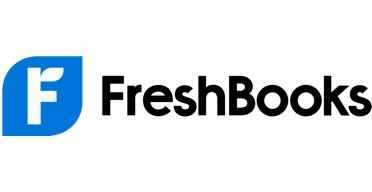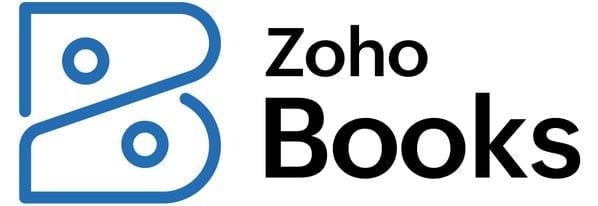Net 30: What It Means, How Businesses Use It
Adjusting the amount of time you give customers to pay an invoice isn't the only way to improve on-time payments.

Many, or all, of the products featured on this page are from our advertising partners who compensate us when you take certain actions on our website or click to take an action on their website. However, this does not influence our evaluations. Our opinions are our own. Here is a list of our partners and here's how we make money.
"Net 30" is a shorthand term used on invoices to indicate that a customer has 30 days to pay. This simple concept connects to other areas of business operations, including customer communication and accounting.
advertisement
What Net 30 means
An invoice contains details of a transaction like a sale date, the name of the good or service the customer received, and its cost. Another component of an invoice is the time given to the buyer to pay the bill. For example, a business can use the term "Net 30" to show that a customer must pay within 30 days from the date the invoice was sent.
While 30 days is a typical time frame, it's not the only one you'll see:
- 10, 20 and 60 days are also commonly used time frames. On an invoice, these could also be written Net 10, Net 20 and Net 60, respectively.
- Other payment terms can be added. For example, Net 30 EOM means the payment must be made by the 30th day of the following month. If the invoice is dated Oct. 15, the payment is due on Nov. 30.
- A business might alter the time frame from customer to customer. Trusted customers with a record of on-time or early payments might be given a longer time frame as a courtesy or perk.
- There's no requirement to use this shorthand. You can instead write the specific date the payment is due or opt for a phrase like "due within 30 days of the invoice date."
Many factors go into choosing how much time you'll give customers to pay. The decision ultimately balances your need to be paid with a financial courtesy extended to your customers, as an invoice is essentially a 0% loan. Things to consider include:
- Shorter windows can prompt faster payments. Accounting software company Xero states on its website that short time frames will likely mean more customers pay late. However, invoices with shorter payment windows tend to be paid quicker than invoices with longer time frames, even accounting for late payments.
- Some merchants offer a discount if the buyer pays quickly. For example, a payment might be due within 30 days, but you could offer a 2% discount if the buyer pays within 10 days. This can be written as "2/10 Net 30."
- Don't delay. Sending invoices to customers can sometimes float to the bottom of a to-do list. If you're looking for ways to speed up your cash flow, see if there's any time you can save on the front end by getting invoices out the door faster.
Communication and automation tools
Keeping track of invoices takes time and can require multiple contact points with customers. Many modern online invoicing services can automate most of these steps. If you receive payments via invoice, make sure the software you use can:
- Create default payment terms. Auto-populate new invoices with the terms you prefer.
- Automate reminder emails. A set number of days before the deadline, automatically nudge customers who haven't settled up. Then, prompt them if they still haven't paid when the deadline passes. Or, send an alert to every customer whose invoice is past due with one click.
- Maintain customer profiles. Note if a customer has billing issues in a customer management system.
- Include a link to a payment page. Doing so in your digital invoices removes friction and can speed up payment time.
- Add a late fee. This can discourage late payments. Automatically apply the fee to overdue invoices.
How Net 30 shows up in reporting
When you send an invoice, the amount is added to your accounts receivable. When a customer pays, you subtract the amount from accounts receivable and add it to your cash account.
If you send invoices regularly, it can be hard to quickly grasp when cash will start flowing your way and what those amounts will be. Reporting tools found in many invoicing and accounting services consolidate the various balances and due dates into a usable format. One standard report that does so is the accounts receivable aging report, which shows you not only the total amount due but a day-by-day breakdown of amounts coming due in the future, as well as information about overdue invoices.
Is Net 30 right for your business?
It's common to give customers a 30-day deadline to pay an invoice. Whether it's best for you depends on your cash flow needs and your customers' expectations, which can vary by industry. Whatever payment terms end up being best for you, you can use software tools to better understand trends in your accounts receivable to see if you need to make changes. And remember to take advantage of invoice automation tools to improve on-time payments.
Article sources
NerdWallet writers are subject matter authorities who use primary,
trustworthy sources to inform their work, including peer-reviewed
studies, government websites, academic research and interviews with
industry experts. All content is fact-checked for accuracy, timeliness
and relevance. You can learn more about NerdWallet's high
standards for journalism by reading our
editorial guidelines.
Bonus offer
Best Accounting Software for Small Businesses
More like this
Related articles









